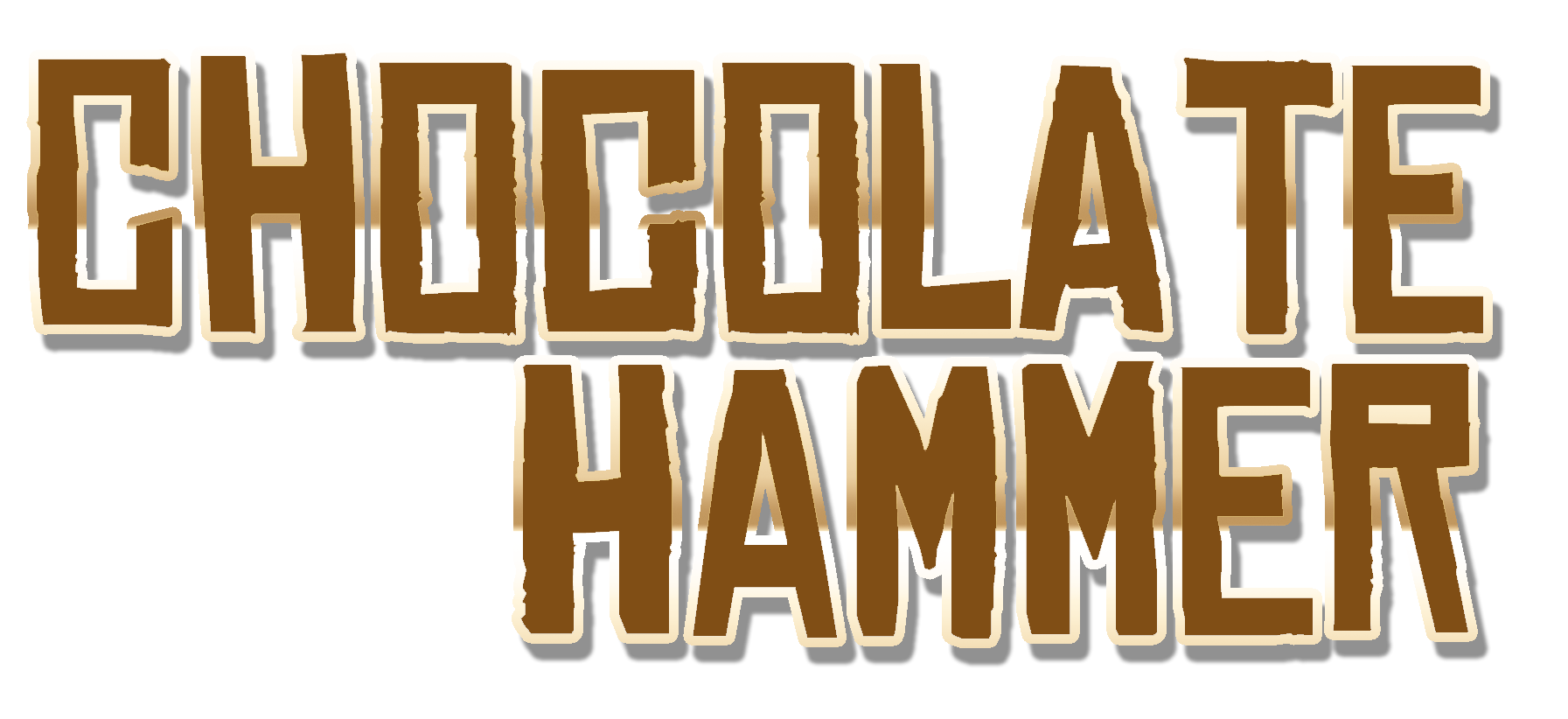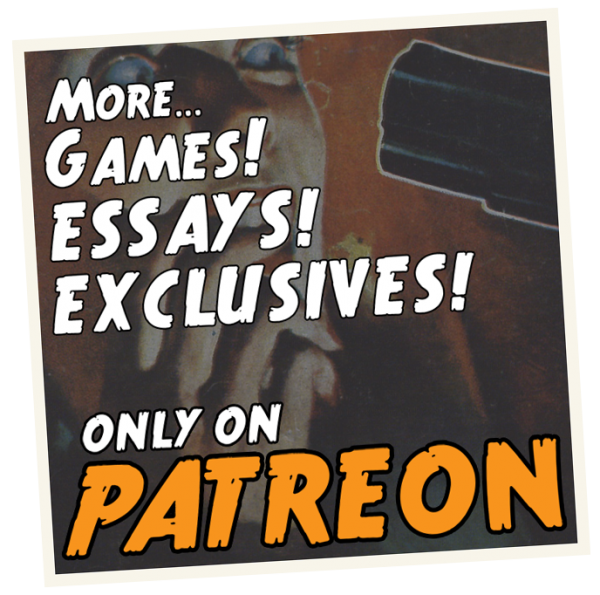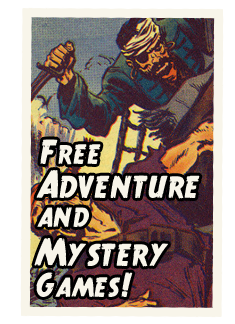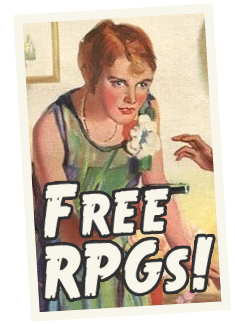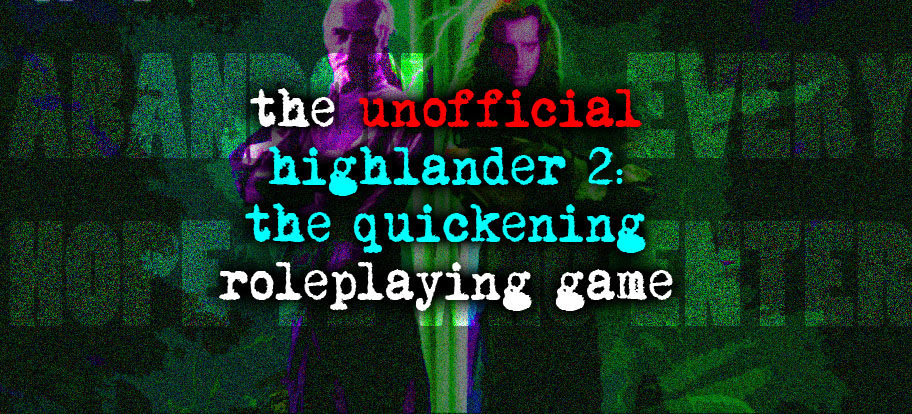
This game has no dice or character sheets. It requires about an hour and a half of playtime, a GM, and between two and five players who haven’t seen the film Highlander 2: The Quickening.
This last point is absolutely critical: players who have watched more than a scene or two from the film and can’t be absolutely trusted to keep their mouths shut should spectate (and this is a fun game to spectate).
SETUP AND PREMISE
It’s 1990. Your players are a writing team who’ve been tapped to draft a sequel to the 1986 modern fantasy classic, Highlander. They’re locked up with nothing but a pencil, paper, and coffee (all of which you are encouraged to actually provide them). If a full story outline and dialogue for the key scenes aren’t finished by the end of the hour, nobody will work in this town again.
BRIEFING AND LIMITING YOUR PLAYERS
If any of your players have seen the film Highlander, great. Their character knows or remembers only what the player remembers without looking it up.
If any of your players have not seen the film Highlander, their characters are pretty sure they’ve seen Highlander. Any vague recollections, wild guesses, or memories from similar films (“The dude in the dark armor is the Highlander’s father, right?”) are treated as factual and no-one is allowed to correct them.
If nobody in the group has seen Highlander, read the following summary:
There’s people who are immortal. They can only die when their head’s cut off, and when there’s only one immortal left, the survivor gets the Prize. In the last movie the main character’s mentor is killed by the villain hundreds of years ago, but in modern day the hero beats the villain and wins the Prize.
Refuse to answer any more questions. Googling is strictly forbidden.
PART ONE: THE OUTLINE
Your players have 30-40 minutes to come up with a full outline for the film. It must scrupulously obey a three-act structure. If your players ask what that is, make some vague noises, half-shrug, and refuse to elaborate.
They should begin from the start of the film and develop the plot in a linear fashion, telling the story to each other in broad strokes. They can go back and add things if they need to, but a general forwards momentum should be maintained. No-one can suggest actual dialogue yet; that part comes in the next section.
Anything a player suggests is immediately and irrevocably part of the story. If this contradicts anything else about the story, the group can either find a way to excuse or explain it or just ignore the contradiction and move on.
The GM will spend most of this section listening, perhaps taking notes (or perhaps forcing someone else to take notes). You’re free to ask questions, enforce the rules, or hurry players along, but not make suggestions. However, you can—and must—make Studio Demands.
Whenever in the outlining process you feel it is most (or least) appropriate, inform them of the following Studio Demands. These are story elements they must find a way to somehow crowbar into their outline. The number in parentheses is a timestamp for when I’d suggest deploying them. Optionally, when you do so, you can roll dice and pretend you’re consulting a chart of some kind.
(0:00) The main character must be the last movie’s protagonist and Prize-winner, Connor MacLeod.
(0:00) The film must be set in a dystopian future.
(15:00) There also needs to be a scene that takes place in Scotland.
(20:00) Good news! The producers got Sean Connery (who played the main character’s mentor in the first Highlander). Find a way to get his dead character into the movie.
(25:00) Throw space aliens in there somehow. In fact, one or more of the characters have to turn out to be space aliens. Figure out which.
If the players are running long, announce that each player gets one more moderately-long sentence to contribute towards wrapping up the movie. Wherever the last player ends, that’s the end of the outline and final scene of the script.
PART TWO: THE TABLE READ
In a “table read,” a group of people read a script aloud together. One person reads the narration (“We open on a blank room. Connor enters, looking upset”) and either the actors or stand-ins for the actors read the dialogue for their characters (“I am upset!“). Your table read is going to be a little bit like that, except the players are all making up the narrations and dialogue as they go.
Every player gets one or two (depending on how big the group is) scenes to “direct.” They specify what the scene is and where it falls in the outline (“Let’s read the heartbreaking scene where Connor MacLeod refuses to kill his werewolf girlfriend.”) They then designate which of their fellow writers will “read” for the characters in the scene.
The “director” reads off the scene direction: what the set looks like, what special effects are occurring, which characters enter or exit and what they do, etc. In other words, they narrate. The players “reading” for characters cannot say what their characters are doing, only what they’re saying. Literally anything that comes out of their mouth during the entire process is finalized, unchangeable dialogue.
SCENE DIRECTION: Interior, a grimy apartment. Connor holds his sword to the neck of Dark Connor, breathing heavily.
CONNOR: I’ll never join you, Dark Connor!
DARK CONNOR: I’m sorry, should I talk now?
SCENE DIRECTION: Gripping his sword, Connor howls in rage.
CONNOR: Aaaagh! I’m so mad!
DARK CONNOR: Oh, shoot, that was dialogue back there, wasn’t it?
The scene wraps up either when the director says so or when you, the GM, decide to move things along.
When the scenes are all done, congratulations! The movie’s going to print. It’ll probably be fine.
PART THREE: THE RECKONING
Explain to your players that, if they were not already aware, there was an actual Highlander II that was released in 1991.
Give each a scrap of paper and pencil and inform them they’ll be taking part in a worldwide survey of Unofficial Highlander II players. Ask them to guess, earnestly and sincerely: was the movie they came up with more stupid than the Hollywood-produced sequel, or less?
After you’ve tabulated their answers, bring up a browser. Read aloud the actual Highlander II: The Quickening plot summary from Wikipedia. Then watch some clips on YouTube, read aloud some quotes from imdb, etc. Alternately: if your group enjoys watching films together, consider simply enjoying the movie in its entirety and without prelude.
Afterwards, repeat the first survey. Then please do send me both survey results, because I’m very, very interested. My e-mail address is rutskarn at chocolatehammer.org.
Would that this were my only, or even foremost, perversion of the tabletop arts. For the latest gruesome experiments, follow me @Rutskarn.
